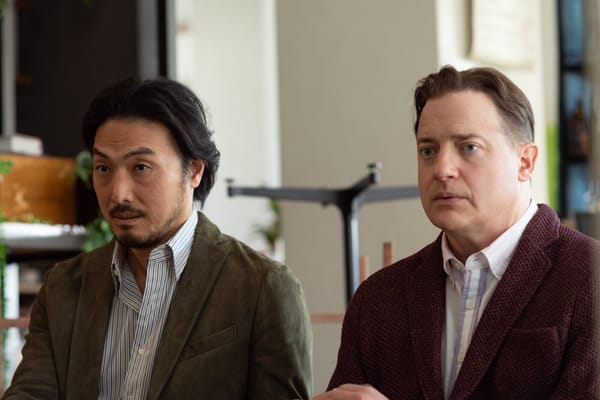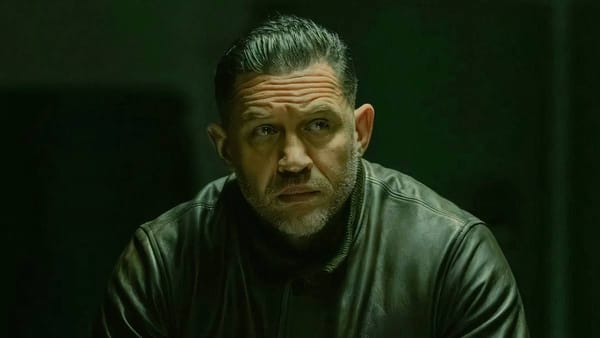Blood oaths and bullet logic.

JOHN WICK: CHAPTER TWO expands Wick’s world without losing the discipline that made the original so striking.
Everything is bigger — the mythology, the violence, the consequences — but nothing is inflated. Instead, the sequel treats scale like a sculptor treats stone: cutting away the unnecessary until the shape beneath reveals itself.
Keanu Reeves returns with a performance sharpened by exhaustion. Wick isn’t just tired; he’s spiritually threadbare. The film understands that “one last job” isn’t just a trope — it’s a trapdoor. When Santino D’Antonio forces him back into the underworld via a blood oath, Wick doesn’t snap with fury; he folds inward, like a man accepting a punishment he always knew would come. The brilliance of the sequel is how it frames duty as a curse, binding him to a past he can neither outrun nor negotiate with.
And the world around him grows more vivid because of it. The supporting cast commits fully to the film’s operatic logic. Riccardo Scamarcio plays Santino with the precise smugness of a man who mistakes inherited power for earned status. Claudia Gerini’s Gianna brings a tragic dignity to a character gone too soon, her death sequence staged like a criminal coronation turned funeral. Franco Nero appears at the Rome Continental with the quiet gravitas of a man who runs a sanctuary with its own unspoken commandments. And the Common–Reeves rivalry becomes a dance — two consummate professionals testing each other’s discipline, their subway fight one of the most controlled pieces of chaos in recent action cinema.
The action itself becomes more architectural. Hall-of-mirrors gunfights, catacomb ambushes, duels on subway platforms — every set piece is designed with geometric clarity. The choreography is faster now, but never sloppy. The camera never panics. It observes. The violence feels almost mathematical, as if the world’s rules are tightening around Wick with every bullet he fires. The Rome sequences in particular feel like watching a man navigate a labyrinth he helped build but no longer fully understands.
What stands out on rewatch is how the film balances expansion with intimacy. The High Table is introduced, networks of assassins fill the frame, and markers, codes, and rules are spelled out like scripture — yet Wick still feels alone. The bigger the world becomes, the smaller his place inside it feels. That tension becomes the film’s emotional axis: the sense that every step forward erases another part of the life he once tried to rebuild.
The Continental rules — once background lore — now become the heartbeat of the story. Every “no business on continental grounds” reminder feels heavier, more sacred. So when Wick breaks that rule in the final act, the moment lands with a seismic thud. It’s not shock value. It’s tragedy. A man who lived by codes finally runs out of places where they can protect him.
And by the time Winston excommunicates him in Central Park, surrounded by hundreds of potential hunters, the film reveals its true genre: not action, not thriller, but myth. A modern outlaw walking into a city where every shadow has teeth. The stage for something larger — and darker — is set.
JOHN WICK: CHAPTER TWO takes everything the original promised and widens the spiritual wound at its centre. It’s bigger, bolder, funnier, more intricate — but still anchored by clarity, restraint, and grief turned into motion.
A rare sequel that not only deepens the world but buries its hero deeper inside it.




